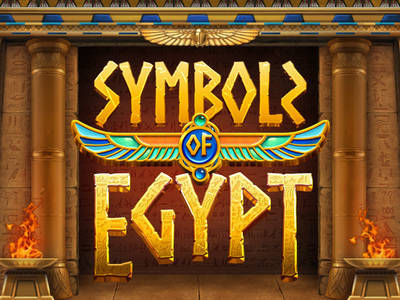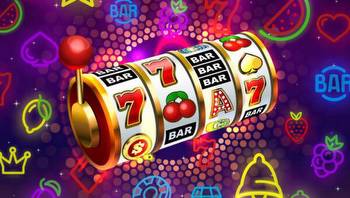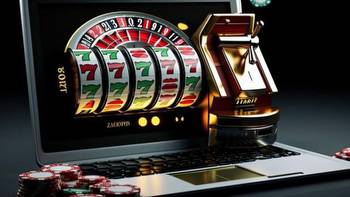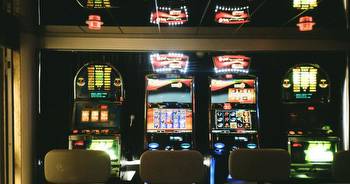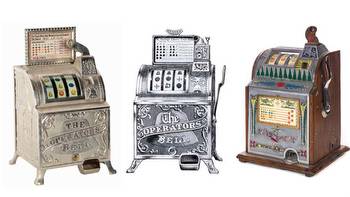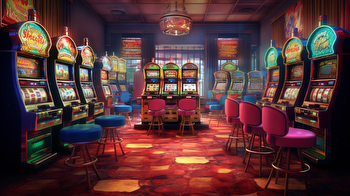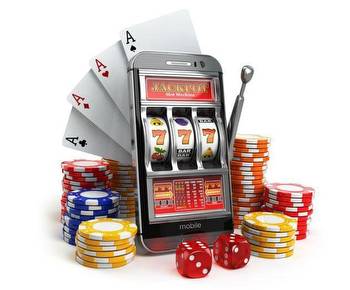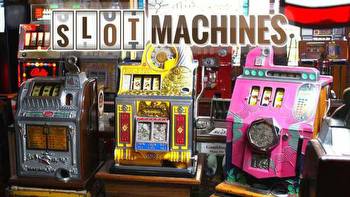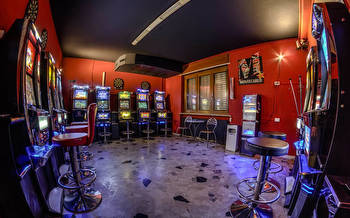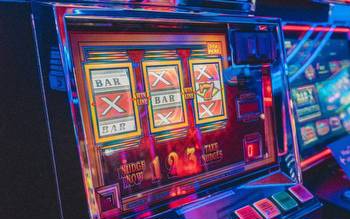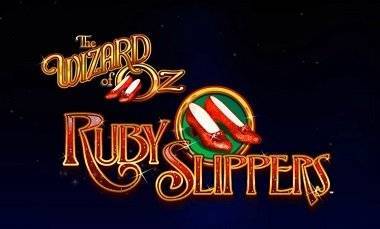Predicting the Future by Studying the Past

The rapid development of casino gaming and the increasing reliance on technology compels us to examine where we’ve been to accurately predict where we are going as an industry. As a gaming regulator, it is crucial to hypothesize future development to build the skill set and tools necessary to regulate the gaming offerings of the future. Since Electronic Gaming Devices (EGDs) or Electronic Gaming Machines (EGMs), affectionately referred to as slot machines, represent 70% of the average casino’s revenues, examining the development of these devices over time is particularly instructive.
EGDs/EGMs are practically ubiquitous within the tribal casino environment – whether Class II bingo slot machines or Class III player-versus-machine EGDs. It is important to note that a few state jurisdictions, like California, prohibit EGDs and EGMs in commercial casinos and cardrooms. Tribes operating casinos without a gaming compact with the state within which the tribe is located are limited to Class II devices under the Indian Gaming Regulatory Act (IGRA). In fact, bingo EGDs were central to the litigation resulting in the landmark U.S. Supreme Court decision in California v. Cabazon Band of Mission Indians, 107 S. Ct. 1083 (1987), ultimately resulting in IGRA.
The first true slot machine made its appearance in 1891 in Brooklyn, NY. The mechanical device was outfitted with five drums containing poker hand graphics. Patrons inserted a nickel and pulled a lever, from which the term “one-armed bandit” was derived, and winning combinations based on poker hands received a non-monetary prize, such as a cigar or a drink from the bar.
The first automatic slot machine made its appearance in San Francisco, CA, in 1895. The “Liberty Bell,” as it was called, was outfitted with three spinning reels containing a variety of symbols such as diamonds, spades, hearts, and horseshoes. This classic three-wheel design can be found in modern EGDs today. The popularity of slot machines increased throughout the early 20th century becoming popular in bars, brothels, barber shops, and cigar stores. These early slot machines were frequently configured as gum dispensers.
During the 1960s, mechanical components in slot machines were replaced with electrical components giving rise to electromechanical slot machines employed as gambling devices. One of the first was “Money Honey” manufactured by Bally’s in 1963. “Money Honey” was the first slot machine with a bottomless hopper and automatic payout of up to 500 coins without the help of a slot attendant. The technical advancements in slot machines allowed for multiple coin denominations and large payouts. Video EGDs and EGMs became all the rage in the 1970s and 1980s, where a video display replaced physical reels. This technology allowed for complex graphics and variable gameplay.
During the 1980s, EGDS and EGMs were offered with microprocessor technology, which is responsible for the development of random number generators (RNGs) and facilitated multiple paylines. RNGs ensured random outcomes and substantially increased the fairness of slot machines. RNGs also prevented many of the successful cheat devices and strategies employed by criminals. Modern EGDs utilize pseudorandom number generators, which constantly generate a sequence of simulated random numbers, at a rate of hundreds or even thousands per second. Ticket-in, ticket-out (TITO) technology was developed in 1982 by the MGM Corporation and is still used today.
Beginning in the 1990s and continuing to the present, online slots and mobile gaming capitalize on society’s increasing dependence on the internet, cellular telephones and mobile computing technology. Advanced features such as advanced graphics; interactive bonus rounds; sounds, vibration, and light effects; HD and 3D imagery; and the integration and design around popular media culture and mythology, such as Wheel of Fortune, NFL Slots, Cleopatra, Deal or No Deal, and others were introduced. Metagames and Megaways made their appearance in the mid-2000s. Popular table games, such as roulette, blackjack, craps, and others are now offered in EGD and EGM format, with and without live dealers. Progressive jackpots and linked wide area progressives greatly increase the winning potential for patrons and leveraged advanced communication technology to virtually expand the casino’s gaming floor. Linking ancillary systems to EGDs and EGMS, such as player tracking, cardless connect, W2G, and mobile wallets facilitates patron interaction with the gaming device maximizing gameplay and minimizing patron inconvenience. Terms like erasable programmable read-only memory (EPROM) and non-volatile random access memory (NVRAM) became nomenclature familiar to every slot technician and gaming regulator.
Considering the development of casino gaming over the past 130 plus years, what does the future hold for EGD and EGM technology in brick-and-mortar casinos? With artificial intelligence (AI) predicted to be the next major paradigm shift in humanity’s reliance on technology, how will this impact casino gaming? One lesson from studying the past is that technology in EGDs and EGMS will only increase in complexity, the need to captivate patron senses will only become more pronounced, and multi-tasking by players engaging EGDs and EGMs in the future will require greater action than pressing buttons or pulling levers.
The term total immersion gaming has been applied to the holographic, virtual reality gaming world of the future where the player becomes an active participant in the competitive gaming world of tomorrow. Jackpots will be awarded for overcoming various adversities and challenges pitting the human in a virtual world against an AI-educated technological opponent. Enclosed gaming pods complete with full-body sensory experiences (such as skiing in the Alps, navigating the battlefield, or sailing in a raging sea) may be the future evolution of casino gaming. Imagine a Mission Impossible-themed EGD where the agent (player) navigates virtual challenges perpetrated by AI opponents to successfully accomplish the agent’s mission and receive a reward (jackpot) according to a regulatory agency-approved pay table.
Before these musings are dismissed as fantasy, it behooves us to remember the authors whose works were ridiculed as impossible at the time they were published, but which proved to be eerily prophetic: George Orwell’s 1984, Ray Bradbury’s Fahrenheit 451, Arthur C. Clarke’s 2001: A Space Odyssey, and Octavia Butler’s Parable of the Sower.
Looking back affords us the opportunity to mentally forge ahead and prepare for a casino gaming landscape unlike anything any of us could have ever imagined.
David Vialpando is Executive Director of the Pokagon Band Gaming Commission and Vice-Chairman of Tribal Gaming Protection Network. He can be reached by calling (269) 926-5485 or email .







